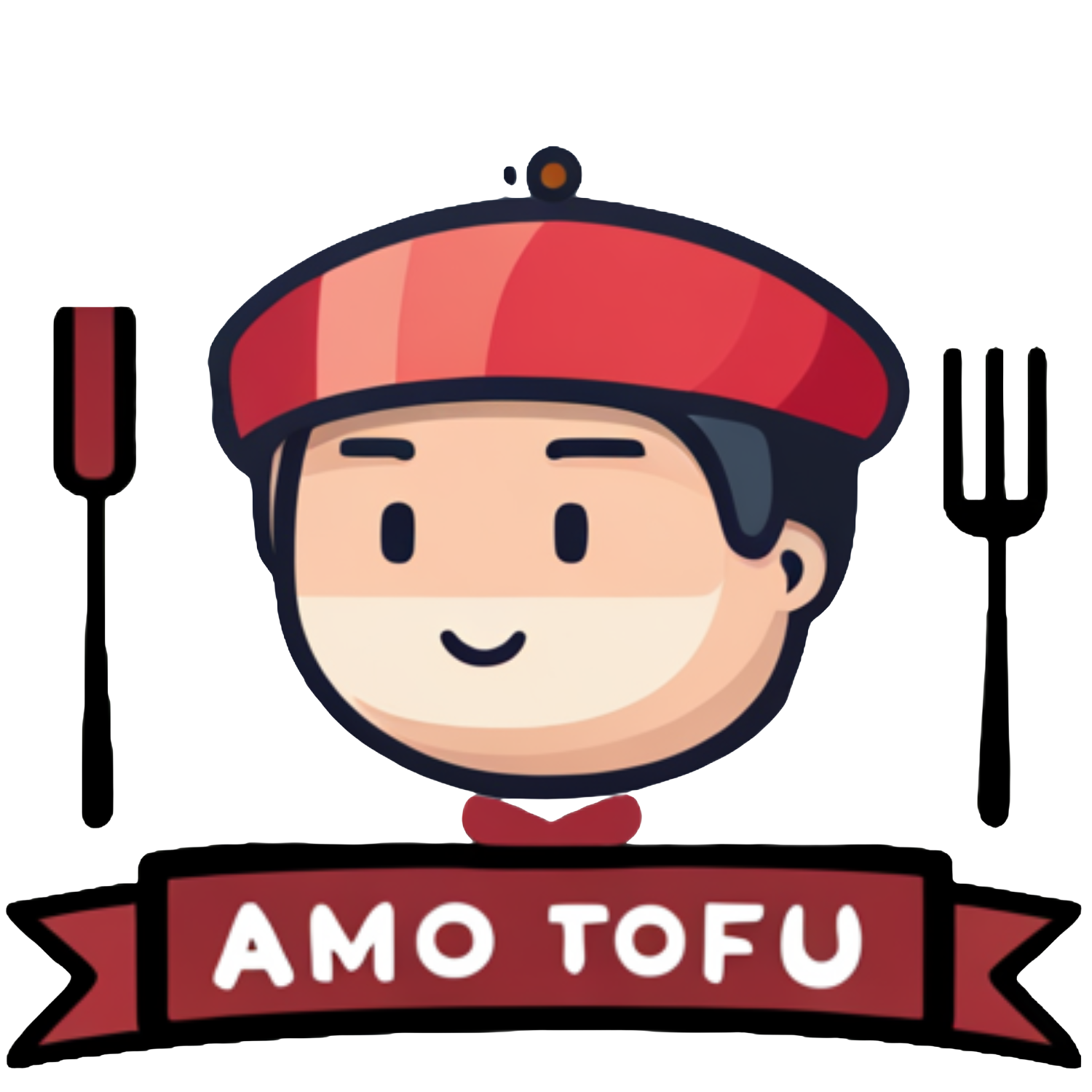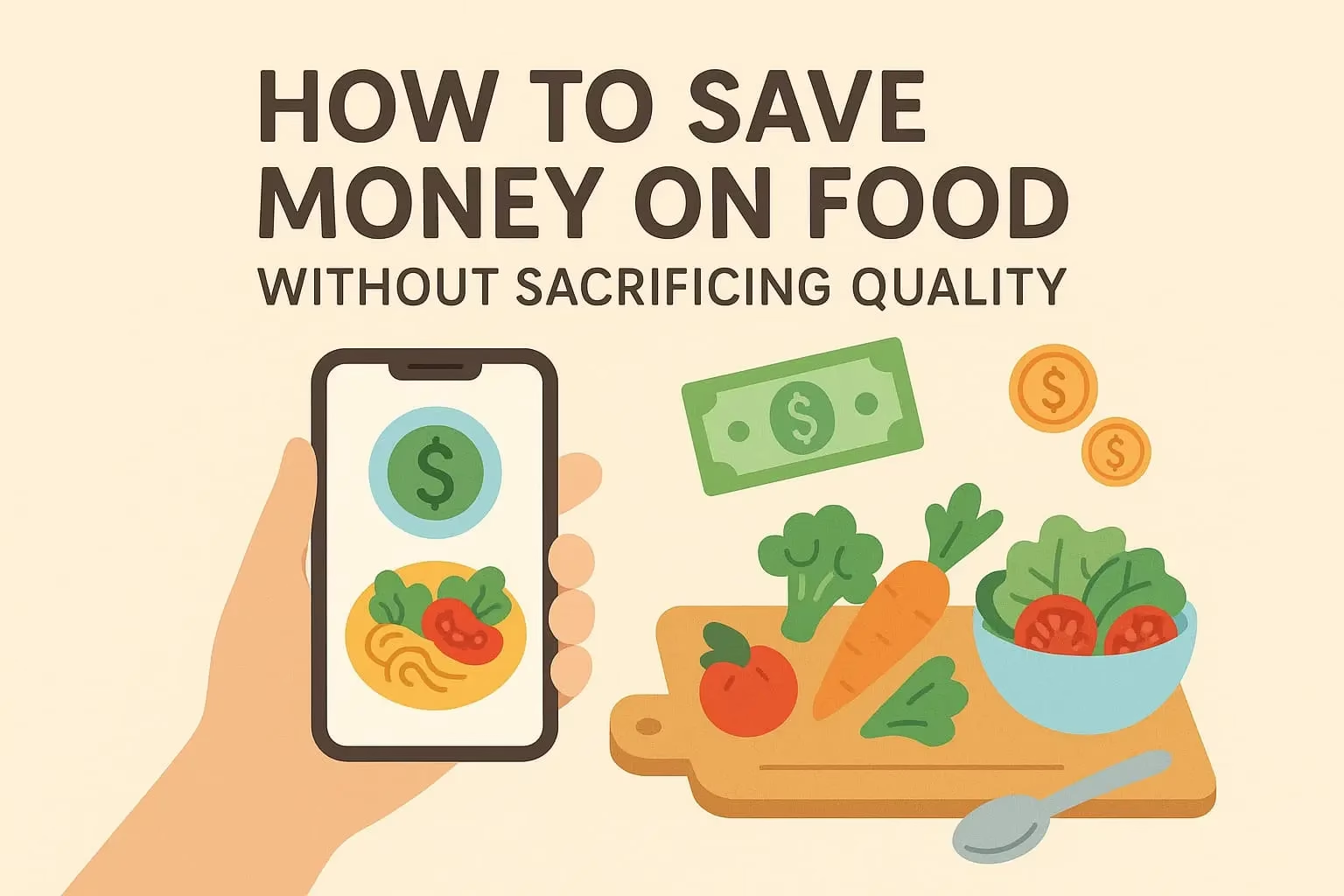Eating healthy doesn’t mean you need to spend a lot. In fact, some of the most nutritious and versatile ingredients are also the cheapest — especially when you plan smart, cook at home, and buy whole foods instead of processed ones.
Neste guia, você vai descobrir os melhores ingredientes econômicos para preparar refeições saudáveis, com sugestões práticas de como usá-los no dia a dia.
Why Budget Ingredients Are a Smart Choice
- Affordable: They fit in tight grocery budgets.
- Nutrient-dense: Many cheap ingredients are loaded with fiber, protein, and vitamins.
- Versatile: You can use them in dozens of recipes.
- Easy to store: Most are shelf-stable or freezer-friendly.
Aqui estão os ingredientes que merecem um lugar fixo na sua despensa e geladeira:
1. Oats
Why it’s great:
- Cheap, filling, and packed with fiber
- Helps regulate blood sugar and supports digestion
How to use:
- Overnight oats, smoothies, pancakes, baked goods, energy bites
Bonus:
Buy in bulk for extra savings — plain rolled oats are cheaper than instant or flavored versions.
2. Lentils
Why it’s great:
- One of the cheapest plant-based protein sources
- Full of fiber, iron, and folate
- Quick to cook (especially red lentils)
How to use:
- Soups, curries, lentil tacos, veggie burgers, salads
3. Brown Rice
Why it’s great:
- Budget-friendly and shelf-stable
- Provides complex carbs and minerals like magnesium
How to use:
- Grain bowls, stir-fries, soups, burritos, fried rice
Tip: Cook a big batch and freeze portions for easy use.
4. Chickpeas (Garbanzo Beans)
Why it’s great:
- Extremely versatile and inexpensive
- High in protein and fiber
How to use:
- Roasted for snacks, hummus, stews, curries, wraps, or salads
Budget bonus: Use dried chickpeas if you want to save even more — just soak and cook in batches.
5. Potatoes and Sweet Potatoes
Why it’s great:
- Very filling and affordable
- Loaded with vitamin C, potassium, and fiber
- Sweet potatoes offer antioxidants and beta-carotene
How to use:
- Baked, mashed, roasted, in soups or grain bowls
6. Frozen Vegetables
Why it’s great:
- Less expensive than fresh, especially out of season
- Don’t spoil quickly — less waste
- Retain most nutrients
How to use:
- Stir-fries, soups, stews, pasta dishes, side dishes
Try these: spinach, peas, broccoli, green beans, mixed veggie blends
7. Canned Tomatoes
Why it’s great:
- Long shelf life
- Affordable way to add flavor and lycopene (an antioxidant)
How to use:
- Sauces, soups, stews, chili, shakshuka
Buy low-sodium or no-salt-added versions for better health.
8. Tofu
Why it’s great:
- High in protein and calcium
- Inexpensive and super versatile
- Soaks up flavor well
How to use:
- Stir-fried, baked, grilled, in scrambles, smoothies, or sandwiches
9. Cabbage
Why it’s great:
- Cheap, hearty, and long-lasting in the fridge
- Packed with fiber and antioxidants
How to use:
- Slaws, stir-fries, soups, wraps, roasted or fermented as sauerkraut
10. Bananas
Why it’s great:
- Affordable year-round
- Great for snacks, natural sweetener, or energy before workouts
How to use:
- Smoothies, pancakes, oatmeal, baked goods, banana ice cream
11. Carrots
Why it’s great:
- One of the cheapest fresh vegetables
- Crunchy, colorful, and full of beta-carotene
How to use:
- Raw snacks, soups, stews, roasted, or in stir-fries
12. Peanut Butter (Natural)
Why it’s great:
- Long shelf life
- Source of healthy fats and protein
- Adds flavor and satiety
How to use:
- Toasts, smoothies, sauces, energy balls, banana sandwiches
Look for: Natural peanut butter with no added sugar or oils.
13. Pasta (Whole Wheat or Legume-Based)
Why it’s great:
- Budget staple with long shelf life
- Whole wheat adds fiber and protein
How to use:
- Pasta bowls, cold salads, casseroles, soups
14. Onions and Garlic
Why it’s great:
- Extremely cheap and foundational for flavor
- Both offer immune-boosting and anti-inflammatory benefits
How to use:
- In virtually every savory dish: soups, sauces, stir-fries, sautés
15. Canned Beans (Black, Pinto, Kidney)
Why it’s great:
- Protein-rich and affordable
- Ready to use, no soaking required
How to use:
- Tacos, burritos, chili, rice bowls, pasta dishes, veggie burgers
Budget-Friendly Grocery Tips
1. Buy Store Brands
Generic items often have the same quality as name brands for a fraction of the price.
2. Shop Bulk Bins
If available, bulk bins offer great prices on oats, grains, legumes, and spices.
3. Plan Before You Shop
Use a weekly menu to plan meals and reduce impulse buys.
4. Don’t Shop Hungry
You’re more likely to make poor decisions or buy snacks you don’t need.
Healthy Eating on a Budget Is Possible
With a pantry stocked with these budget-friendly ingredients, you’ll be able to cook healthy, satisfying meals any day of the week — even when your budget is tight.
Focus on whole, unprocessed foods, and use your creativity to mix and match flavors. Remember, eating well doesn’t mean eating expensively — it means being smart with what you buy and how you use it.






